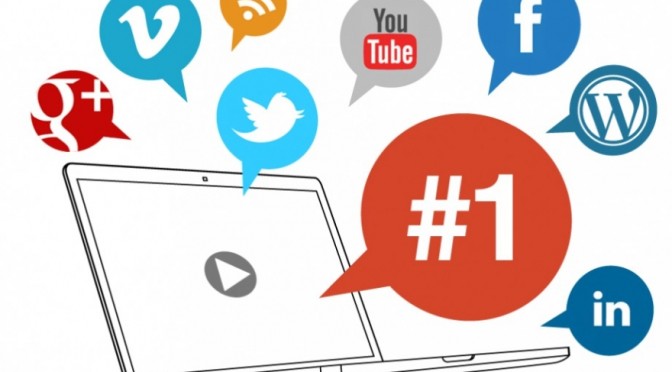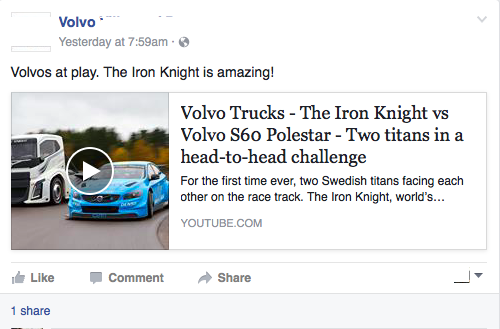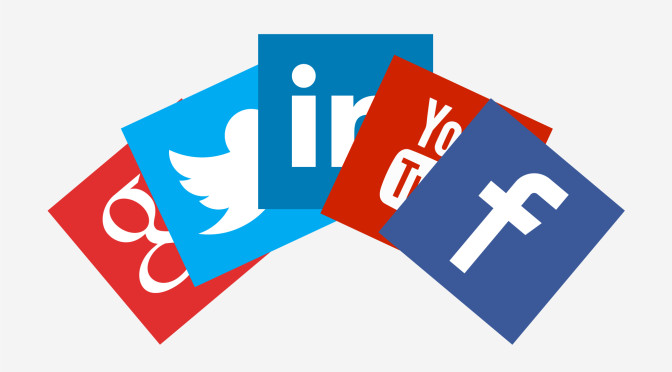As Facebook matures, so does businesses’ attitudes towards the platform for marketing and sales purposes. Throughout the year, companies from all business sectors create ad campaigns, promote content, and then wait for customers to flood their online or brick and mortar stores. If life were that simple we’d all be living comfortably, but sadly many owners and social media managers believe without a doubt that the conventional strategy of promote and wait for sales works. As a result, many business Facebook pages amass large followings but receive very little engagement. Why? Poor and lacking content is to blame.
There are plenty of businesses out there where marketing efforts by social media managers is downright embarrassing, especially for those who are not a Mom and Pop store. While social media marketing atrocities occur in all business sectors, the automotive industry is by far the worst, and we can all learn how not to use Facebook, or any social media platform for marketing purposes.
Everything comes down to the product and the content. In the automotive world, vehicles are effectively marketed on the corporate level making the product appealing, but it’s the dealerships on the local side of spectrum where lack of content could be detrimental to sales figures, especially when the objective is to increase sales through the use of social media. One important factor that dealerships must consider is that not only are they competing with rival brands, but they’re also trying to out-perform the other dealership that sells the same vehicles. It’s that realization that many general managers haven’t grasped yet, and once their competition effectively markets on all social media channels, the dealership that didn’t innovate will be immediately left behind.
What absolutely infuriates me as a social media manager is the endless amount of useless content shared and promoted on dealership’s Facebook pages. Links to articles, sometimes not even in the automotive industry are shared, along with regurgitated content from the corporate pages are posted constantly. It should come as no surprise that there’s no engagement whatsoever and these posts fall on deaf ears. Dealerships have the ability to create their own content, and they don’t have to walk far from their desks as the vehicles in their showroom are the perfect start to revitalizing their bland social media accounts.
Native content is the key to engagement, which has the ability to lead to sales. In recent studies, 84% of millennials’ buying decisions are influenced by user generated content. That means, taking high quality photos or creating digital media content of your products, or in this case vehicles, will effect sales, especially for brands within the price range of 20 and 30 somethings. It should also be noted that social media isn’t just a young person’s online playground as women aged 40 and older are the largest growing demographic of users on Instagram, and 50+ year olds are joining Facebook in higher volumes than any other age group.
Your inability to increase engagement is not a reflection of your product or your audience, but it’s your content. For businesses in the automotive industry or sectors where visualization is a major factor in influencing sales, native content is a must. While some consumers will go to the manufacturer for the answers, the dealerships have the vehicles and all the trim levels for each model. By promoting high quality digital media, these dealerships are going to start seeing engagement by serious buyers and window shoppers, which is much more productive and possibly rewarding than posting lackluster content that gets no likes, comments or shares.
2017 is a new year. Whether you’re in auto sales or services, your content is key to driving sales. The customer’s first impression is an important one, which is why eye candy that grabs people’s attentions is necessary to being successful on social media. Make great content a priority this upcoming year and begin to see your sales figures flourish.







